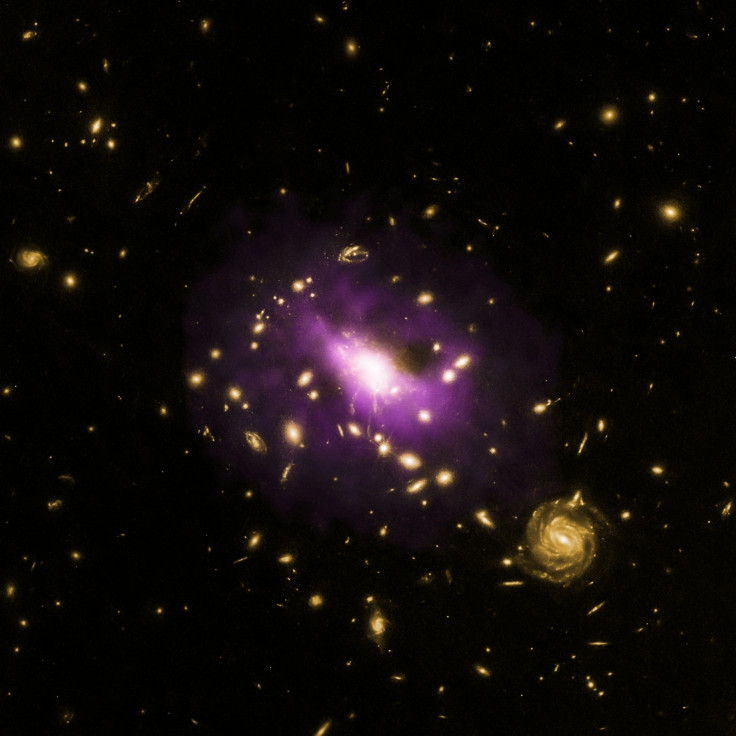Scientists discover massive and one-of-its-kind 'intermediate-mass' black hole
An international team of scientists detected gravitational signals that led to the birth of an intermediate-mass black hole.
Our universe is a mysterious place and home to inexplicable cosmic activities that keep challenging the existing scientific theories. In their recent discovery, researchers have stumbled upon a gravitational wave from a black hole merger so massive and so distant that it appears unreal.
The outcome of the merger is "intermediate-mass" black hole, with a mass between 100 and 1,000 times that of the sun. According to the press release, the consequent gravitational waves are equivalent to the "energy of eight suns."
The international team of researchers included Northwestern University and used the National Science Foundation's LIGO (Laser Interferometry Gravitational-wave Observatory (LIGO), a pair of identical, 4-kilometer-long interferometers in the United States, and Virgo, a 3-kilometer-long detector in Italy. Dubbed GW190521, the gravitational wave signal was witnessed on May 21, 2019.
More details about the signal reveal that it resembled "four short wiggles" and occurred for a very brief duration. It lasted for about one-tenth of a second. As for the origin of the signal, scientists explain that "is roughly 5 gigaparsecs away, when the universe was about half its age." This makes it one of the "most distant gravitational-wave sources detected so far."
In addition, scientists explain that it was generated by a "binary black home merger with unusual properties." The unification led to what is described as a bigger black hole probably about 142 solar masses.
"This doesn't look much like a chirp, which is what we typically detect," said Virgo member Nelson Christensen, a researcher at the French National Centre for Scientific Research (CNRS "This is more like something that goes 'bang,' and it's the most massive signal LIGO and Virgo have seen."
LIGO made its first detection of gravitational waves in the year 2015. Meanwhile, the findings of the latest detection were published in two different papers. The first one in Physical Review Letters includes details of the discovery and the second one in The Astrophysical Journal Letters unravels wave's physical properties and astrophysical implications.

"LIGO once again surprises us not just with the detection of black holes in sizes that are difficult to explain, but doing it using techniques that were not designed specifically for stellar mergers," said Pedro Marronetti, program director for gravitational physics at the National Science Foundation. "This is of tremendous importance since it showcases the instrument's ability to detect signals from completely unforeseen astrophysical events. LIGO shows that it can also observe the unexpected."
© Copyright IBTimes 2025. All rights reserved.





















